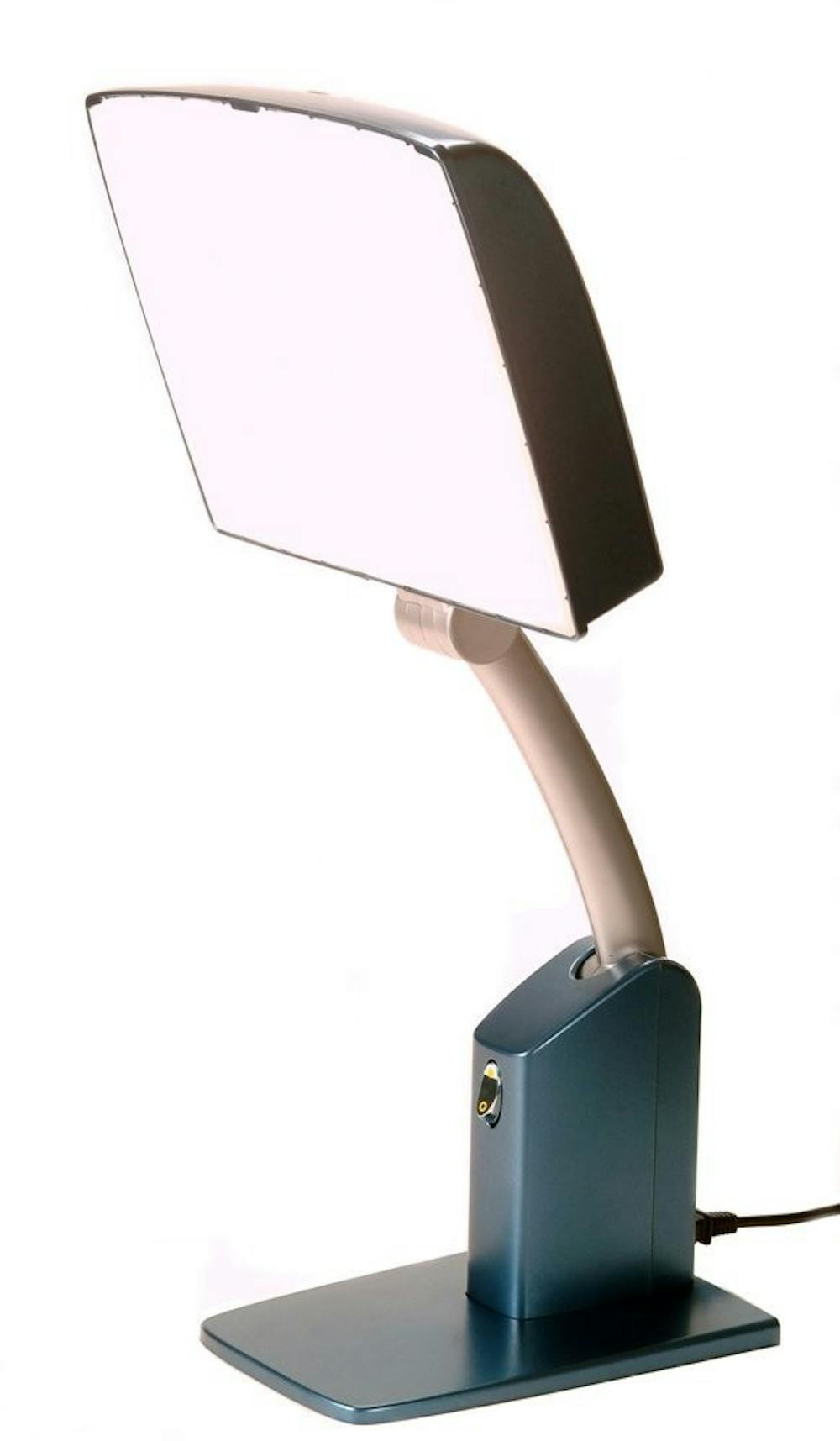University Health Services offers sun lamp therapy to reduce depression symptoms in students
Long, cold and gloomy Michigan winters are known to cause depression symptoms in students, and this year's blasts of sub-zero temperatures have left many feeling down.
To help the Central Michigan University community maintain a positive mental outlook, University Health Services offers Day Light Therapy treatments to combat the negative side effects of seasonal affective disorder.
The treatment offers a 30-minute exposure to a room of sun lamps, called a high-intensity light box, which is located in the campus health facility. The treatment is available to students, faculty and staff for $2 per 30-minute session. The treatment does not require a doctor’s order or prescription, although doctors or counselors might refer their patients to the therapy.
“It really has a positive effect on the chemicals in the brain and helps patients feel better,” said Lori Wangberg, the health educator for University Health Services. “It can help to increase energy, make them feel better about themselves and maybe not so hopeless.”
CMU's light box was purchased in late 2009 for less than $300, Wangberg said. To administer the treatment, patients sit in front of the light box during the half-hour session where the compact fluorescent bulb within the light box releases bright light in three different adjustable beams with varying degrees of heat.
The light box produces 10,000 lux, a standard unit of light flow, which is approximately equal to the amount of lux produced by the sun on a clear day, according to design and treatment specifications offered by University Health Services.
The treatment is meant to mimic sunnier conditions to give students the benefits of being outside when the weather is warm and inviting.
Treatments take place in a small room with the light box perched on a table. Once inside, a patient can sit in a chair directly in front of the box. Patients can relax, listen to music, eat or even do homework during their treatment.
Wangberg said the benefits of a single session don’t kick in until later in the day, which is why it is recommended students receive it in the morning. Wangberg also recommended patients receive the treatment daily.
“Some say they felt better about four hours later,” Wangberg said. “It seems to be an accumulative effect, where if they do it more often, they start to feel better.”
According to University Health officials, many people in Michigan suffer from seasonal affective disorder due to spells of winter weather, which serve as a danger to their overall health.
“It causes bad physical symptoms,” said Tammy Crabtree, manager of clinical practice operations. “This treatment alleviates these symptoms and it results in physical and physiological responses to the light.”
Some symptoms resulting from seasonal affective disorder include depression, aches, pains, fatigue and a general lack of interest.
Although the treatment has many positive effects, there is a chance students could develop negative effects from exposure to the lamps. The most common negative side effect is the development of migraine headaches.
“I know at least two people have come to me who have complained of experiencing a migraine (after the treatment),” said Tiffany Stiff, senior administrative assistant for University Health Services. “It’s not always right away, but a couple of hours later.”
However, Wangberg said 70 to 80 percent of patients reported feeling better after receiving a single treatment.
To make an appointment or to receive more information on health services, go to Foust Hall 205 or call 989-774- 6599.




